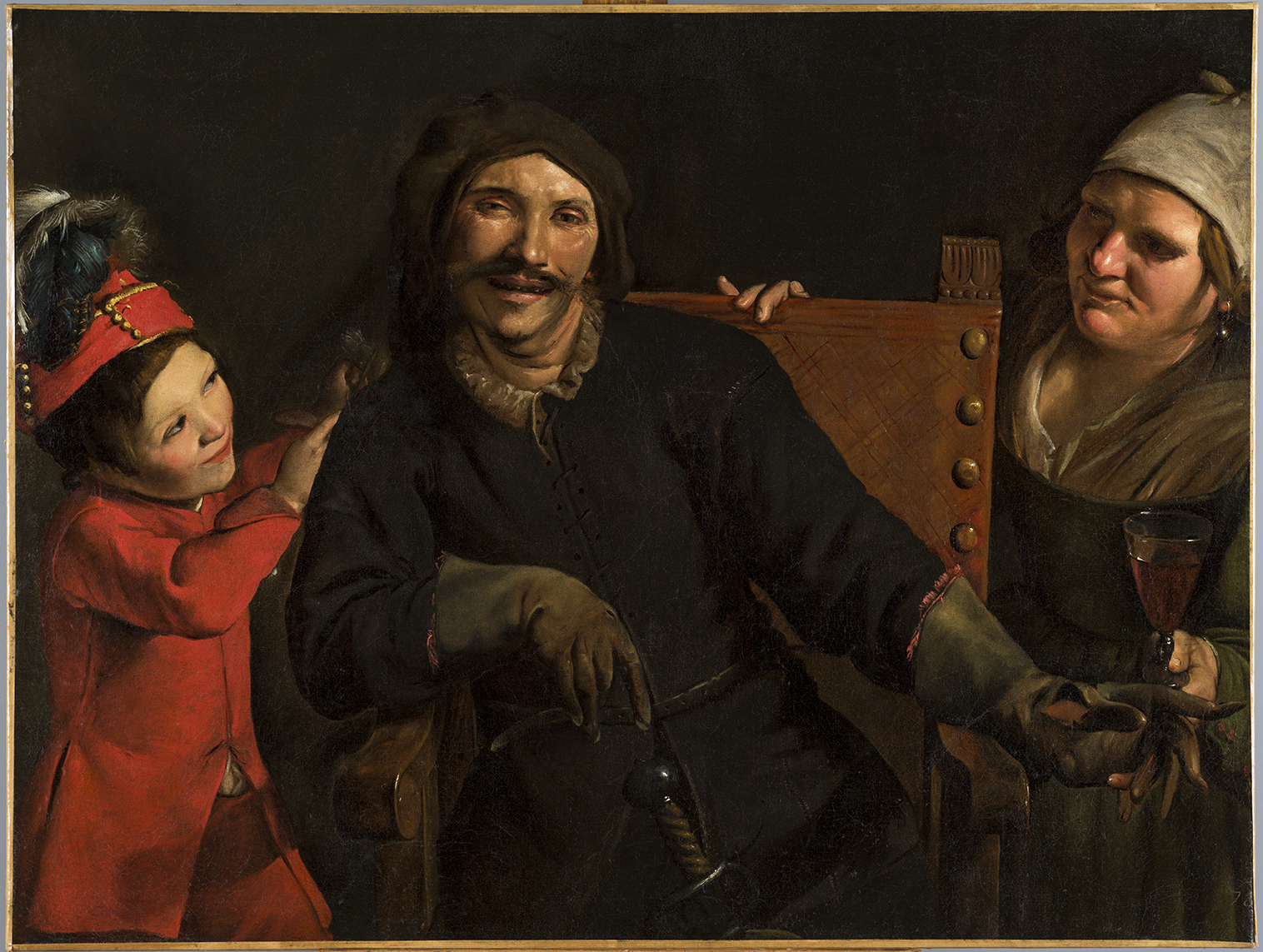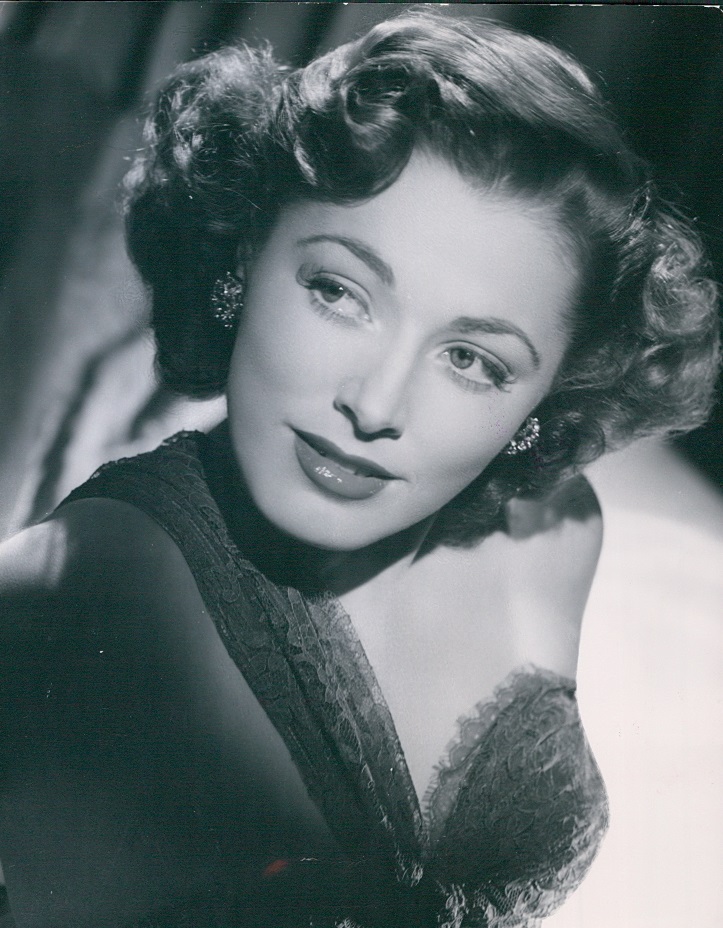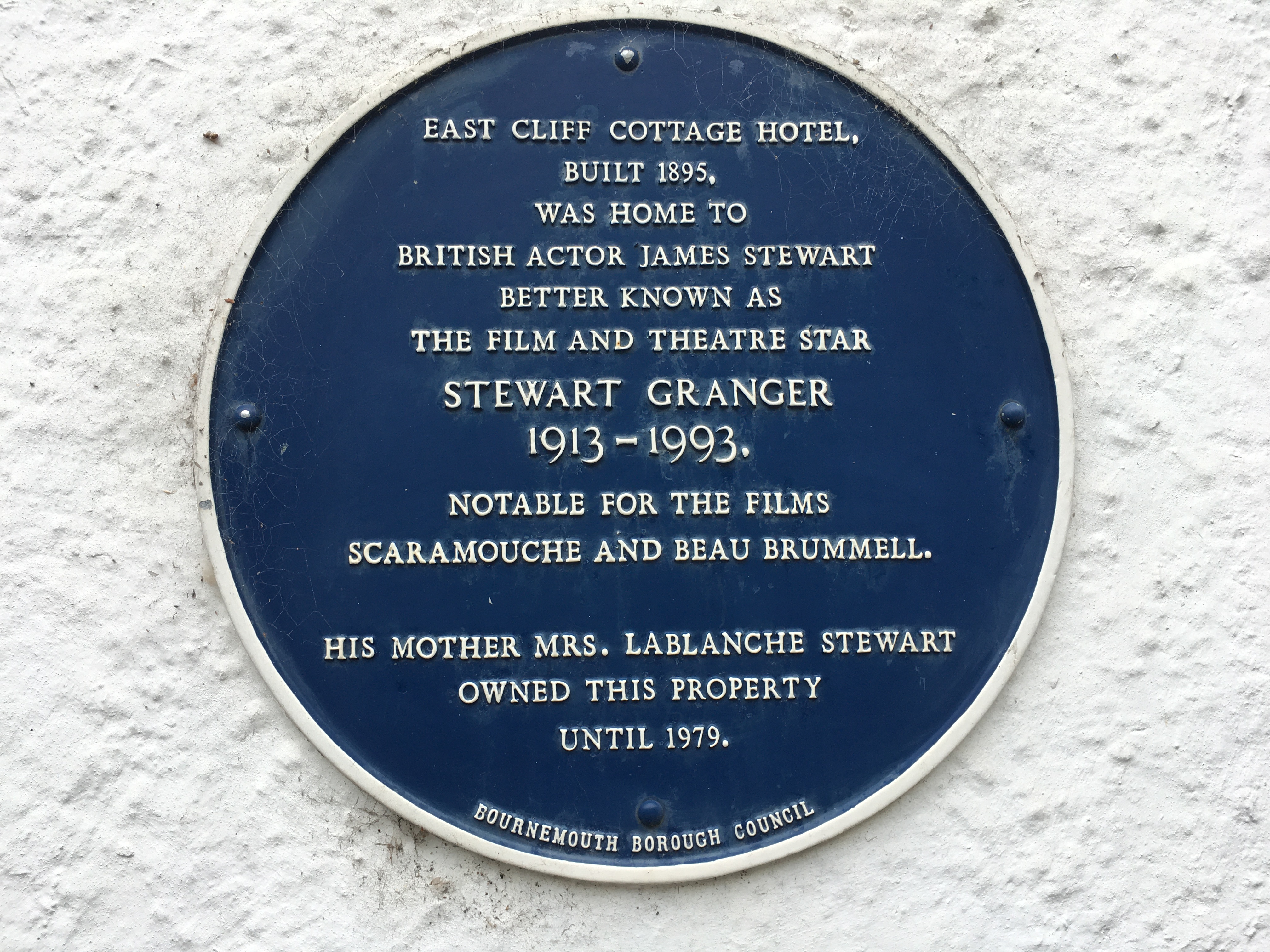|
Scaramuccia
Scaramouche () or Scaramouch (; from Italian Scaramuccia , literally "little skirmisher") is a stock clown character of the 16th-century commedia dell'arte (comic theatrical arts of Italian literature). The role combined characteristics of the ''Zanni'' (servant) and the '' Capitano'' (masked henchman), with some assortment of villainous traits. Usually attired in black Spanish dress and burlesquing a Don, he was often beaten by Harlequin for his boasting and cowardice. History Although Tiberio Fiorillo (1608–1694) was not the first to play the role, he greatly developed and popularized it. He removed the mask, used white powder on his face, and employed grimaces. He was small , long beard, and wore a predominantly black costume with a white ruff. In France he became known as Scaramouche. In the 19th century, the English actor Joseph Grimaldi and his son J. S. Grimaldi made numerous appearances as Scaramouche. Character Scaramouche influences the audience to do his biddin ... [...More Info...] [...Related Items...] OR: [Wikipedia] [Google] [Baidu] |
Tiberio Fiorillo
Tiberio Fiorilli, also spelled Fiorillo and Fiurelli (November 9, 1608 – December 7, 1694)"Fiorillo, Tiberio" in ''The New Encyclopædia Britannica'' (15th edition, Chicago, 1991) vol. 4, p. 787. was an Italian actor of '' commedia dell'arte'' known for developing the role of Scaramuccia, Scaramouche. He was especially popular in France, where he was the director of the troupe of the Comédie-Italienne, which shared with the troupe of his friend Molière at the theatre of the Petit-Bourbon, and the Théâtre du Palais-Royal (rue Saint-Honoré), theatre of the Palais-Royal.Laurence Sinelick, "Fiorilli, Tiberio" in Banham 1995, p. 373. Life He was born in Naples, but left Italy around 1640 for unknown reasons, perhaps simply while following a troupe of actors, or to flee a political intrigue. He arrived in France under the reign of Louis XIII. His acting pleased the queen, which enabled him to attend the court. It is said that one day, when the two-year-old Dauphin of France, D ... [...More Info...] [...Related Items...] OR: [Wikipedia] [Google] [Baidu] |
Commedia Dell'arte
(; ; ) was an early form of professional theatre, originating from Italian theatre, that was popular throughout Europe between the 16th and 18th centuries. It was formerly called Italian comedy in English and is also known as , , and . Characterized by masked "types", was responsible for the rise of actresses such as Isabella Andreini and improvised performances based on sketches or scenarios. A , such as ''The Tooth Puller'', is both scripted and improvised. Characters' entrances and exits are scripted. A special characteristic of is the , a joke or "something foolish or witty", usually well known to the performers and to some extent a scripted routine. Another characteristic of is pantomime, which is mostly used by the character Arlecchino, now better known as Harlequin. The characters of the usually represent fixed social types and stock characters, such as foolish old men, devious servants, or military officers full of false bravado. The characters are exaggerated " ... [...More Info...] [...Related Items...] OR: [Wikipedia] [Google] [Baidu] |
Zanni
Zanni (), Zani or Zane is a character type of commedia dell'arte best known as an astute servant and a trickster. The Zanni comes from the countryside and is known to be a "dispossessed immigrant worker".Rudlin, John. ''Commedia dell'arte: An Actors Handbook''. London: Routledge, 1994. 67. Print."Immigrant" in Italy at the time of the city-states did not mean someone from outside of Italy but rather someone from outside the city, an itinerant worker. Through time, the Zanni grew to be a popular figure who was first seen in ''commedia'' as early as the 14th century. The English word ''zany'' derives from this person. The longer the nose on the characters mask the more foolish the character. Origin of the name The name ''Zanni'' (as well as ''Zuan'') is a variant of the name ''Gianni'' and was common in the Lombard-Venetian countryside which provided most of the servants to the wealthy nobles and merchants of Venice. In Italian it is specifically a name of someone whose identity i ... [...More Info...] [...Related Items...] OR: [Wikipedia] [Google] [Baidu] |
Il Capitano
Il Capitano (, Italian for "The Captain") is one of the four stock characters of ''Commedia dell'arte.'' He most likely was never a "Captain" but rather appropriated the name for himself. He is often a braggart and a swaggerer who can maintain his claims only by benefit of the fact that none of the locals know him. He is usually a Spaniard, given the fact that for most of the late Renaissance to well into 17th century, parts of Italy were under Spanish domination. He was most likely inspired by the boisterous Iberic caudillos who told tall tales of their exploits either in the conquest of the Americas or in the wars with Germany. Il Capitano often talks at length about made-up conquests of both the militaristic and the carnal variety in an attempt to impress others, but often ends up impressing only himself. He gets easily carried away in his tales and doesn't realise when those around him don't buy his act. He would be the first to run away from any and all battles, and he h ... [...More Info...] [...Related Items...] OR: [Wikipedia] [Google] [Baidu] |
Scaramouche (1952 Film)
''Scaramouche '' is a 1952 Metro-Goldwyn-Mayer Technicolor romantic swashbuckler film loosely based on the 1921 novel ''Scaramouche (novel), Scaramouche'' by Rafael Sabatini as well as the Scaramouche (1923 film), 1923 film version starring Ramon Novarro. The film stars Stewart Granger, Eleanor Parker, Janet Leigh, and Mel Ferrer. It was directed by George Sidney and produced by Carey Wilson (writer), Carey Wilson from a screenplay by Ronald Millar and George Froeschel. The original music score was composed by Victor Young and the cinematography by Charles Rosher. Plot In France just prior to the French Revolution, Queen Marie Antoinette asks her cousin Noel, the Marquis de Maynes, to uncover the identity of "Marcus Brutus", a dangerous pamphleteer rousing hatred of the aristocracy. She also pressures de Maynes to marry to preserve his line, and at his request for her to choose his bride is introduced to Aline de Gavrilac, one of the Queen's wards. Meanwhile, André Moreau, a ... [...More Info...] [...Related Items...] OR: [Wikipedia] [Google] [Baidu] |
SAND Maurice Masques Et Bouffons 07
Sand is a granular material composed of finely divided mineral particles. Sand has various compositions but is defined by its grain size. Sand grains are smaller than gravel and coarser than silt. Sand can also refer to a textural class of soil or soil type; i.e., a soil containing more than 85 percent sand-sized particles by mass. The composition of sand varies, depending on the local rock sources and conditions, but the most common constituent of sand in inland continental settings and non-tropical coastal settings is silica (silicon dioxide, or SiO2), usually in the form of quartz. Calcium carbonate is the second most common type of sand, for example, aragonite, which has mostly been created, over the past 500million years, by various forms of life, like coral and shellfish. For example, it is the primary form of sand apparent in areas where reefs have dominated the ecosystem for millions of years like the Caribbean. Somewhat more rarely, sand may be composed of calc ... [...More Info...] [...Related Items...] OR: [Wikipedia] [Google] [Baidu] |
Jean Sibelius
Jean Sibelius ( ; ; born Johan Julius Christian Sibelius; 8 December 186520 September 1957) was a Finnish composer of the late Romantic and 20th-century classical music, early-modern periods. He is widely regarded as his country's greatest composer, and his music is often credited with having helped Finland develop a national identity during its Independence of Finland, struggle for independence from Russia. The core of his oeuvre is his Discography of Sibelius symphony cycles, set of seven symphonies, which, like his other major works, are regularly performed and recorded in Finland and countries around the world. His other best-known compositions are ''Finlandia'', the ''Karelia Suite'', ''Valse triste (Sibelius), Valse triste'', the Violin Concerto (Sibelius), Violin Concerto, the choral symphony ''Kullervo (Sibelius), Kullervo'', and ''The Swan of Tuonela'' (from the ''Lemminkäinen Suite''). His other works include pieces inspired by nature, Nordic mythology, and the Finni ... [...More Info...] [...Related Items...] OR: [Wikipedia] [Google] [Baidu] |
Rex Ingram (director)
Rex Ingram (born Reginald Ingram Montgomery Hitchcock, 15 January 1892 – 21 July 1950) was an Irish film director, producer, writer, and actor. Director Erich von Stroheim once called him "the world's greatest director".Soares, André. ''Beyond Paradise: The Life of Ramon Novarro'', New York: Macmillan, 2002, p. 27; Early life Born in 58 Grosvenor Square, Rathmines, Dublin, Ireland, (where a plaque commemorates his birth), Ingram was educated at Saint Columba's College, near Rathfarnham, County Dublin. He spent much of his adolescence living in the Old Rectory, Kinnitty, Birr, County Offaly, where his father, Reverend Francis Hitchcock, was the Church of Ireland rector. Ingram emigrated to the United States in 1911. His brother Francis joined the British Army and fought during World War I, during which he was awarded the Military Cross. Career Ingram studied sculpture at the Yale University School of Art, where he contributed to campus humour magazine ''The Yale Record'' ... [...More Info...] [...Related Items...] OR: [Wikipedia] [Google] [Baidu] |
George Sidney
George Sidney (October 4, 1916May 5, 2002) was an American film director and producer who worked primarily at Metro-Goldwyn-Mayer. His work includes cult classics ''Bye Bye Birdie'' (1963) and ''Viva Las Vegas'' (1964). With an extensive background in acting, stage direction, film editing, and music, Sidney created many of post-war Hollywood’s big budget musicals, such as '' Annie Get Your Gun'' (1950), ''Show Boat'' (1951), ''Kiss Me Kate'' (1953); ''Jupiter's Darling'' (1955), and '' Pal Joey'' (1957). He was also a president of the Screen Directors Guild for 16 years. A founding partner of Hanna-Barbera animation studio, Sidney introduced the integration of animation into live action, which is immortalized in the dance scene between actor Gene Kelly and Jerry Mouse in ''Anchors Aweigh'' (1945). An avid art collector, gardener, musician, painter, and photographer, George Sidney was known for his impeccable sense of style and generosity. His clothing, original scripts, not ... [...More Info...] [...Related Items...] OR: [Wikipedia] [Google] [Baidu] |
Eleanor Parker
Eleanor Jean Parker (June 26, 1922 – December 9, 2013) was an American actress. She was nominated for three Academy Awards for her roles in the films '' Caged'' (1950), ''Detective Story'' (1951), and ''Interrupted Melody'' (1955), the first of which won her the Volpi Cup for Best Actress. She was also known for her roles in the films ''Of Human Bondage'' (1946), ''Scaramouche'' (1952), ''The Naked Jungle'' (1954), ''The Man with the Golden Arm'' (1955), ''A Hole in the Head'' (1959), ''The Sound of Music'' (1965), and ''The Oscar'' (1966). Early life Eleanor Jean Parker was born on June 26, 1922, in Cedarville, Ohio, the daughter of Lola (née Isett) and Lester Day Parker. She moved with her family to East Cleveland, Ohio, where she attended public schools and graduated from Shaw High School. "Ever since I can remember, all I wanted to do is act", she said. "But I didn't just dream about it, I worked at it." She appeared in a number of school plays. After graduation, she ... [...More Info...] [...Related Items...] OR: [Wikipedia] [Google] [Baidu] |
Stewart Granger
Stewart Granger (born James Lablache Stewart; 6 May 1913 – 16 August 1993) was a British film actor, mainly associated with heroic and romantic leading roles. He was a popular leading man from the 1940s to the early 1960s, rising to fame through his appearances in the Gainsborough melodramas. Early life He was born James Lablache Stewart in Old Brompton Road, Kensington, West London, the only son of Major James Stewart, OBE and his wife Frederica Eliza (née Lablache). Granger was educated at Epsom College and the Webber Douglas Academy of Dramatic Art. He was the great-great-grandson of the opera singer Luigi Lablache and the grandson of the actor Luigi Lablache. Stewart Granger lived in Bournemouth at 57 Grove Road with his mother. His mother owned the property now called "East Cliff Cottage Hotel" until 1979. When he became an actor, he was advised to change his name in order to avoid being confused with the American actor James Stewart. Granger was his Scottish grand ... [...More Info...] [...Related Items...] OR: [Wikipedia] [Google] [Baidu] |
Janet Leigh
Jeanette Helen Morrison (July 6, 1927 – October 3, 2004), known professionally as Janet Leigh, was an American actress, singer, dancer, and author. Her career spanned over five decades. Raised in Stockton, California, by working-class parents, Leigh was discovered at 18 by actress Norma Shearer, who helped her secure a contract with Metro-Goldwyn-Mayer. Leigh appeared in radio programs before her first formal foray into acting, making her film debut in the drama ''The Romance of Rosy Ridge'' (1947). With MGM, she appeared in many films which spanned a wide variety of genres, which include the crime-drama ''Act of Violence'' (1948), the drama '' Little Women'' (1949), the comedy '' Angels in the Outfield'' (1951), the romance ''Scaramouche'' (1952) and the western drama '' The Naked Spur'' (1953). She played dramatic roles during the late 1950s, in such films as '' Safari'' (1956) and Orson Welles's film noir ''Touch of Evil'' (1958). With RKO Radio pictures she co-starred in t ... [...More Info...] [...Related Items...] OR: [Wikipedia] [Google] [Baidu] |





_trailer_1.jpg)


_-_10.jpg)


